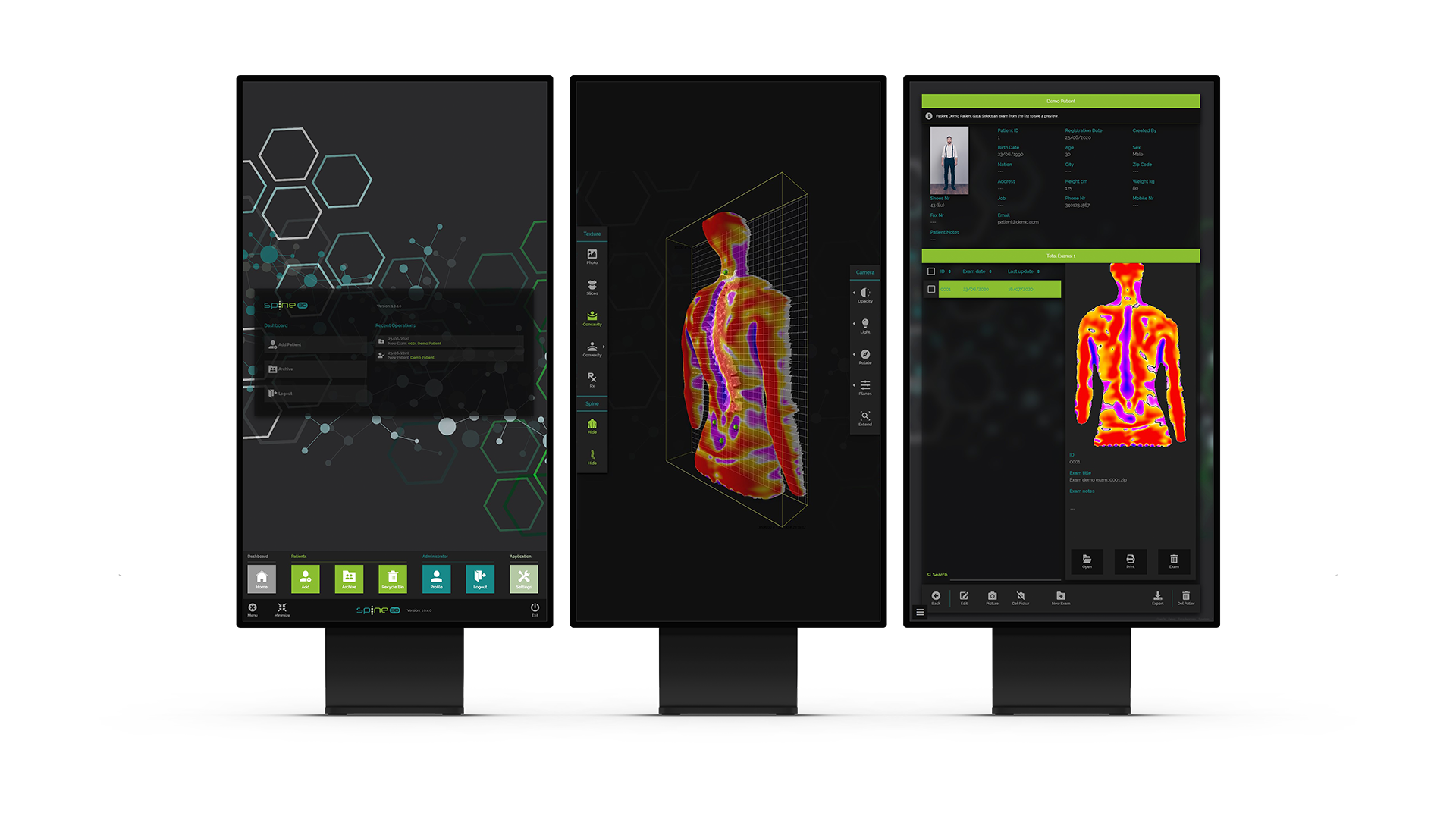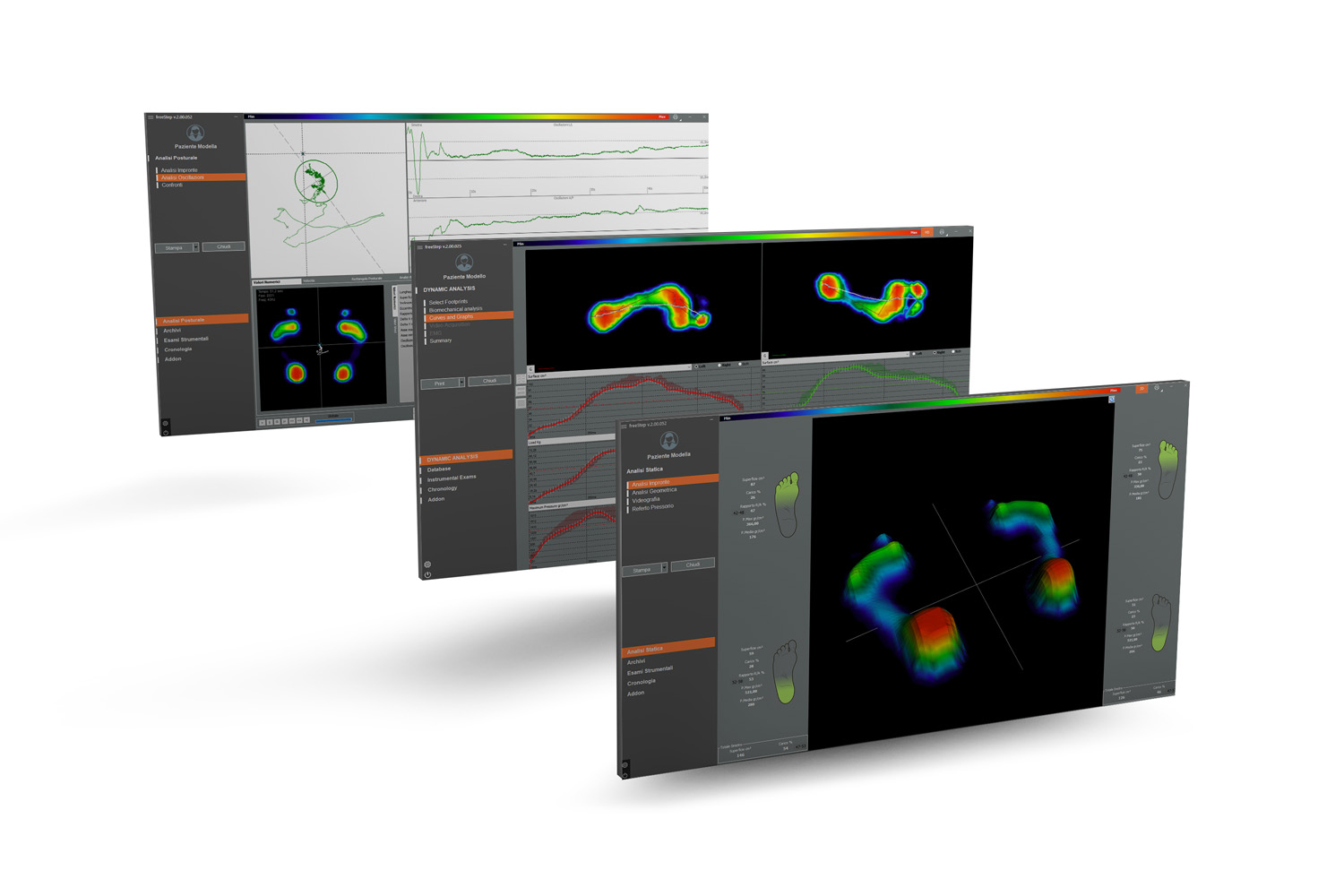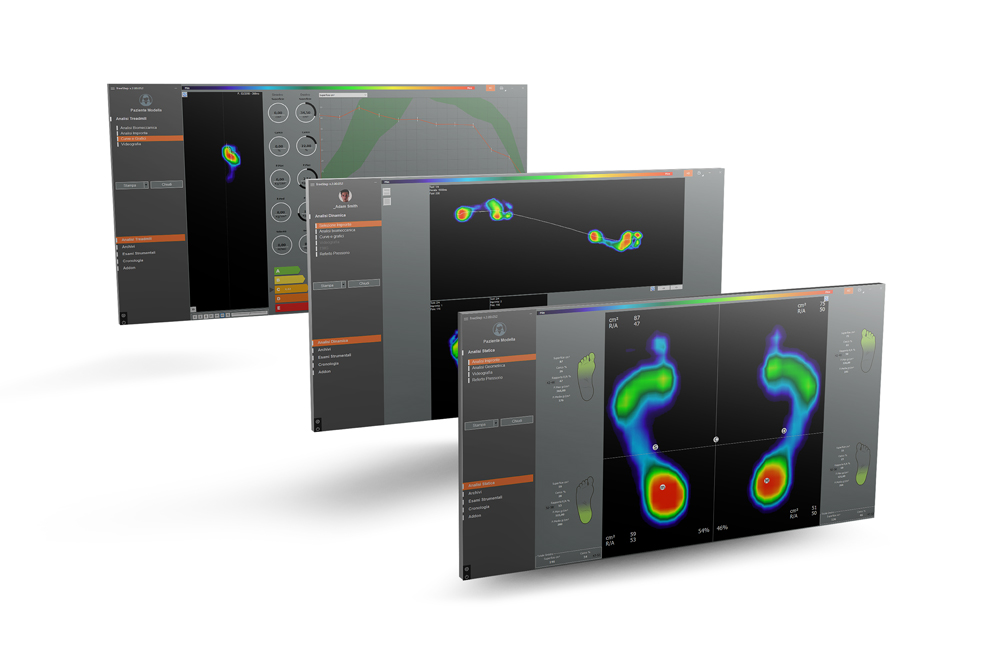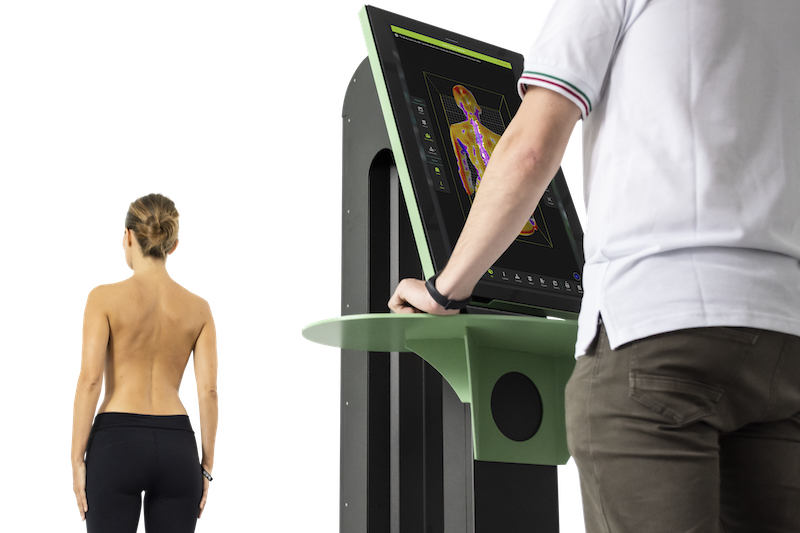Spinal health is often overlooked, yet it plays an essential role in the overall well-being and quality of life for senior citizens. For healthcare professionals, particularly those providing home care services, understanding the importance of spinal health in this demographic is paramount. This is especially true when it comes to the prevalence of scoliosis, a condition that results in an abnormal, sideways curvature of the spine.
Despite the focus on younger patients, De-Novo scoliosis (the form which affects adults) has a high prevalence in the general elderly population, with upwards of 40% of seniors affected. While this statistic pertains to all seniors, the impact of scoliosis can be particularly profound for elderly women. Factors such as post-menopausal bone loss and a higher incidence of osteoporosis can exacerbate the effects of this condition, leading to significant discomfort, decreased mobility, and a reduced quality of life.
As healthcare professionals, the challenge lies in diagnosing this condition in a timely manner. Often, the signs of scoliosis in seniors are subtle and can be easily overlooked during routine care. However, the introduction of innovative technology like the
Spine 3D from Sensor Medica is revolutionizing the way we approach this issue.
The Spine 3D is a non-invasive scanning device that uses LiDAR technology and infrared rays to acquire three-dimensional images of the spinal column. This offers a comprehensive view of the patient's spinal health, allowing for an accurate and early diagnosis of scoliosis and other spinal deformities. Moreover, this technology provides healthcare professionals with a range of clinical parameters, including posture analysis and detailed scoliosis analysis2.
The benefits of using Spine 3D go beyond the initial diagnosis. It can also assist healthcare professionals in monitoring the progression of scoliosis in seniors, informing treatment plans, and evaluating the effectiveness of ongoing care. This means that home care providers can offer a more personalized and effective treatment plan for their clients, potentially slowing the progression of scoliosis and improving overall quality of life.
Moreover, the Spine 3D device is user-friendly and adaptable to a home care environment. Its non-invasive nature means that it can be used repeatedly without causing discomfort to patients, making it an ideal tool for home care providers to incorporate into their care programs.
In conclusion, it is clear that prioritizing spinal health is crucial for enhancing the quality of life of senior citizens in the UK, particularly those who are living with scoliosis.
By leveraging innovative technology like the Spine 3D from Sensor Medica, care home and home care providers can offer more comprehensive care to their clients. The early detection and ongoing monitoring of scoliosis will not only improve their clients' physical well-being but also provide peace of mind to them and their loved ones. As healthcare professionals, we must stay abreast of such innovations to provide the best possible care to our patients.


































































